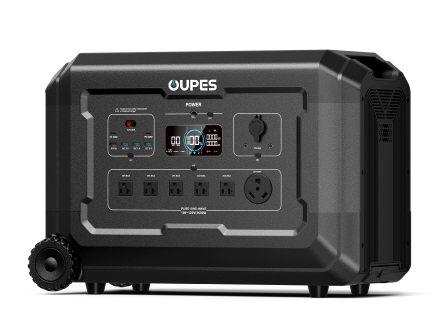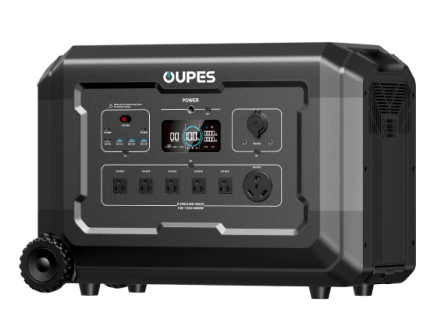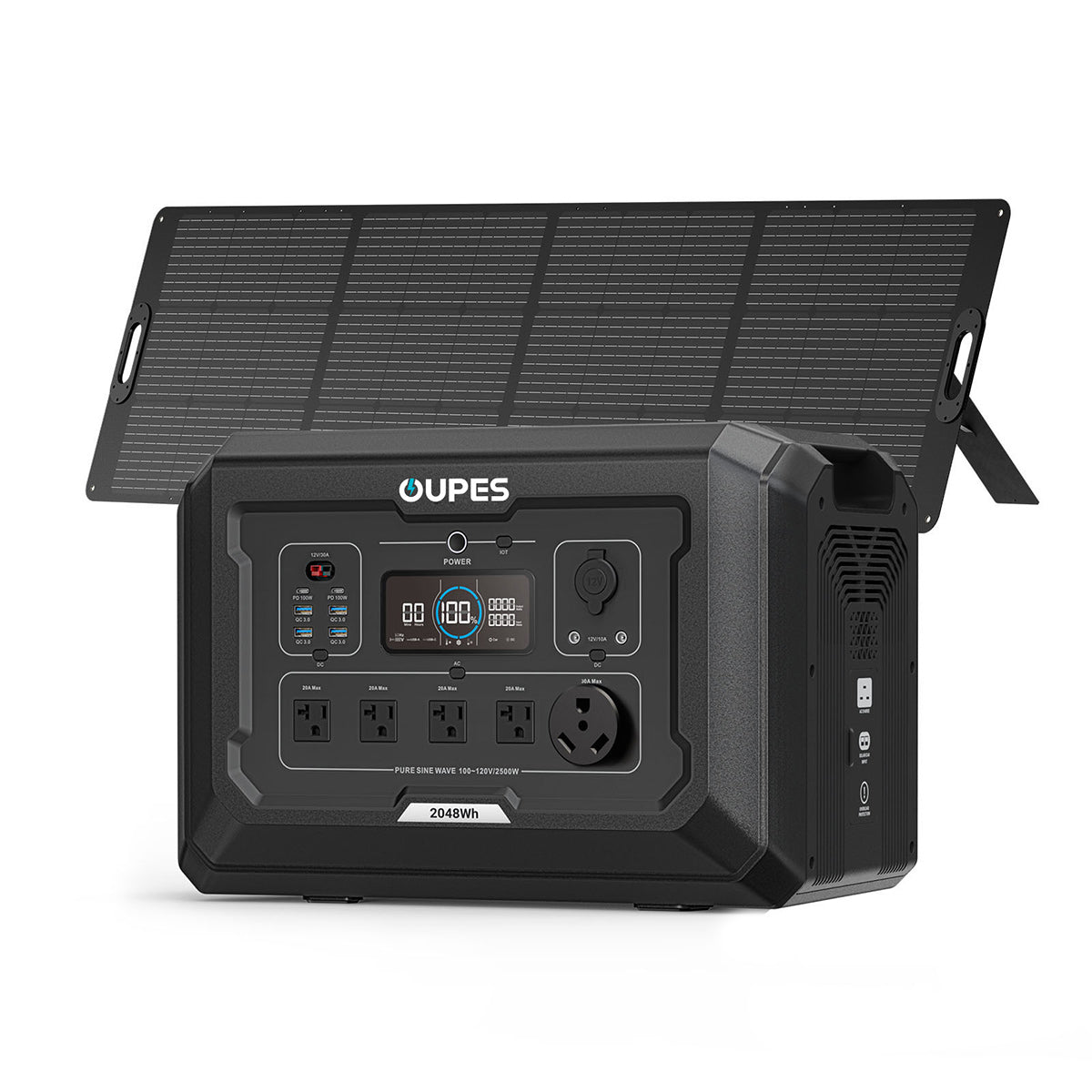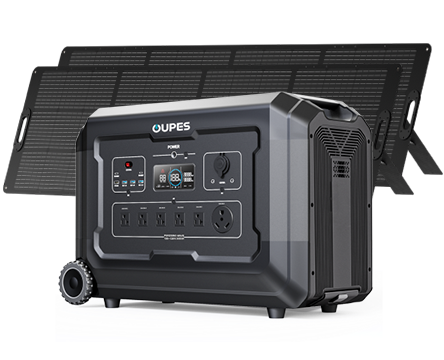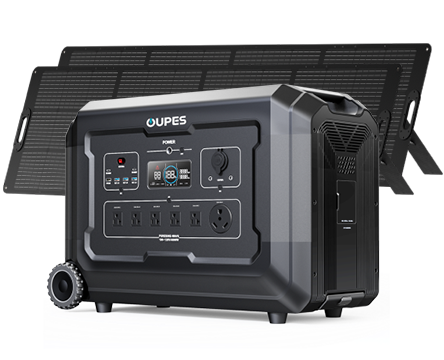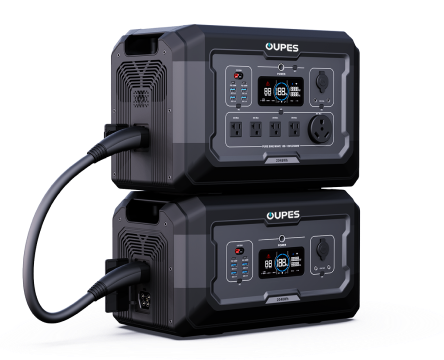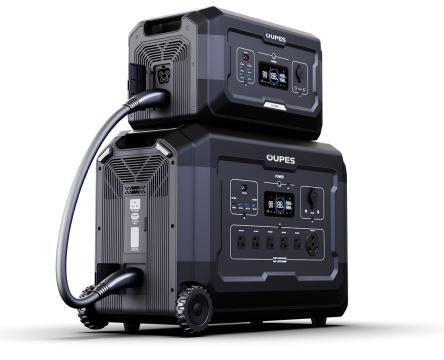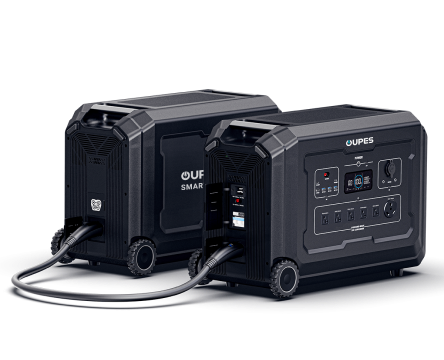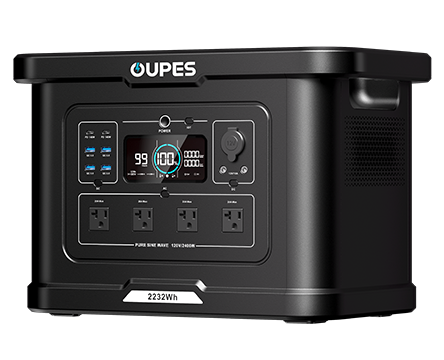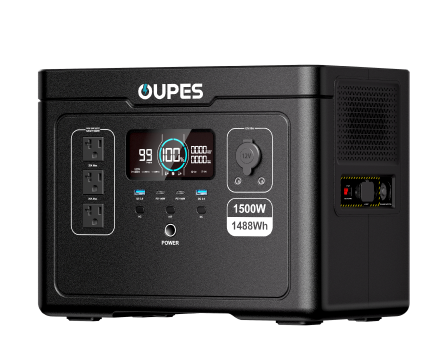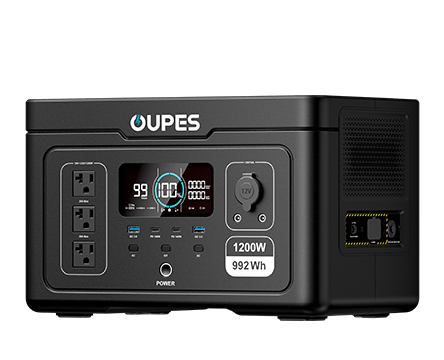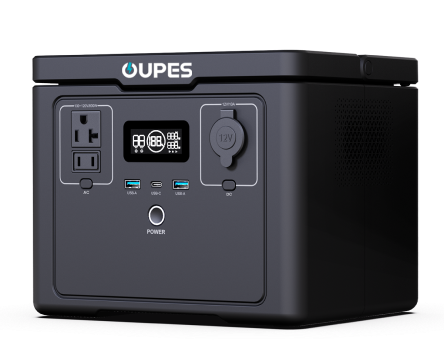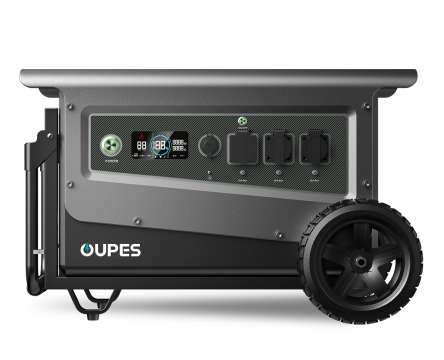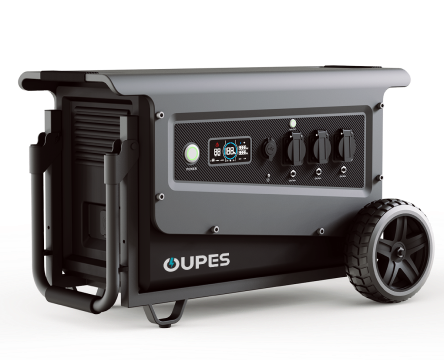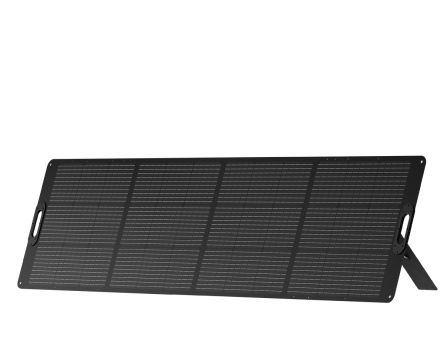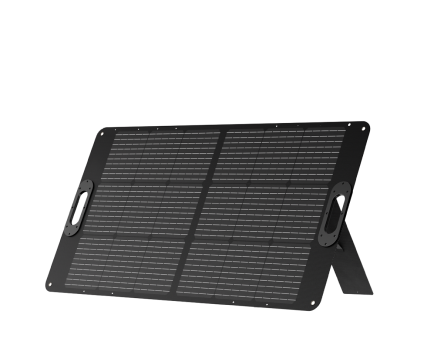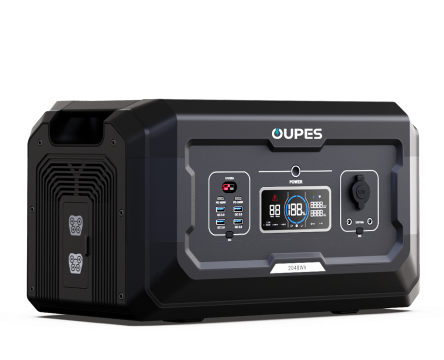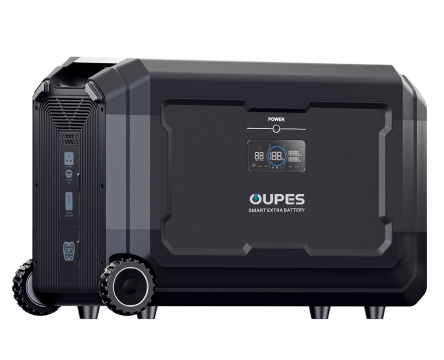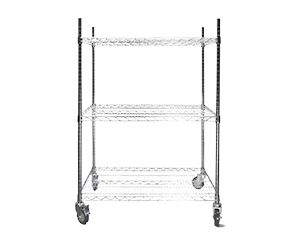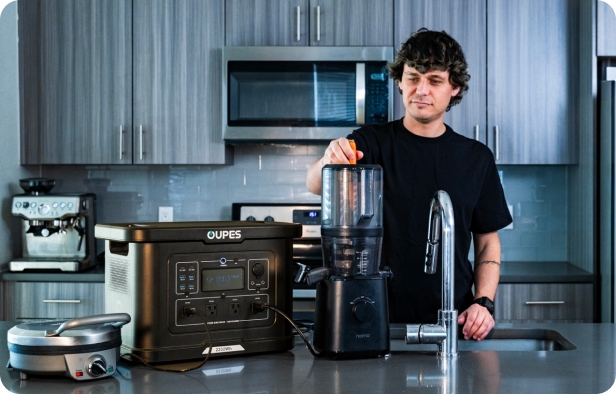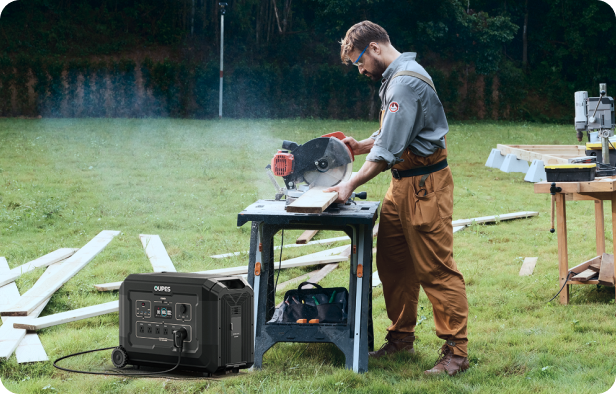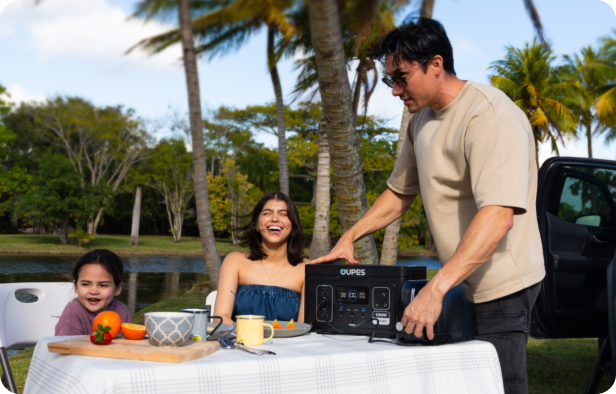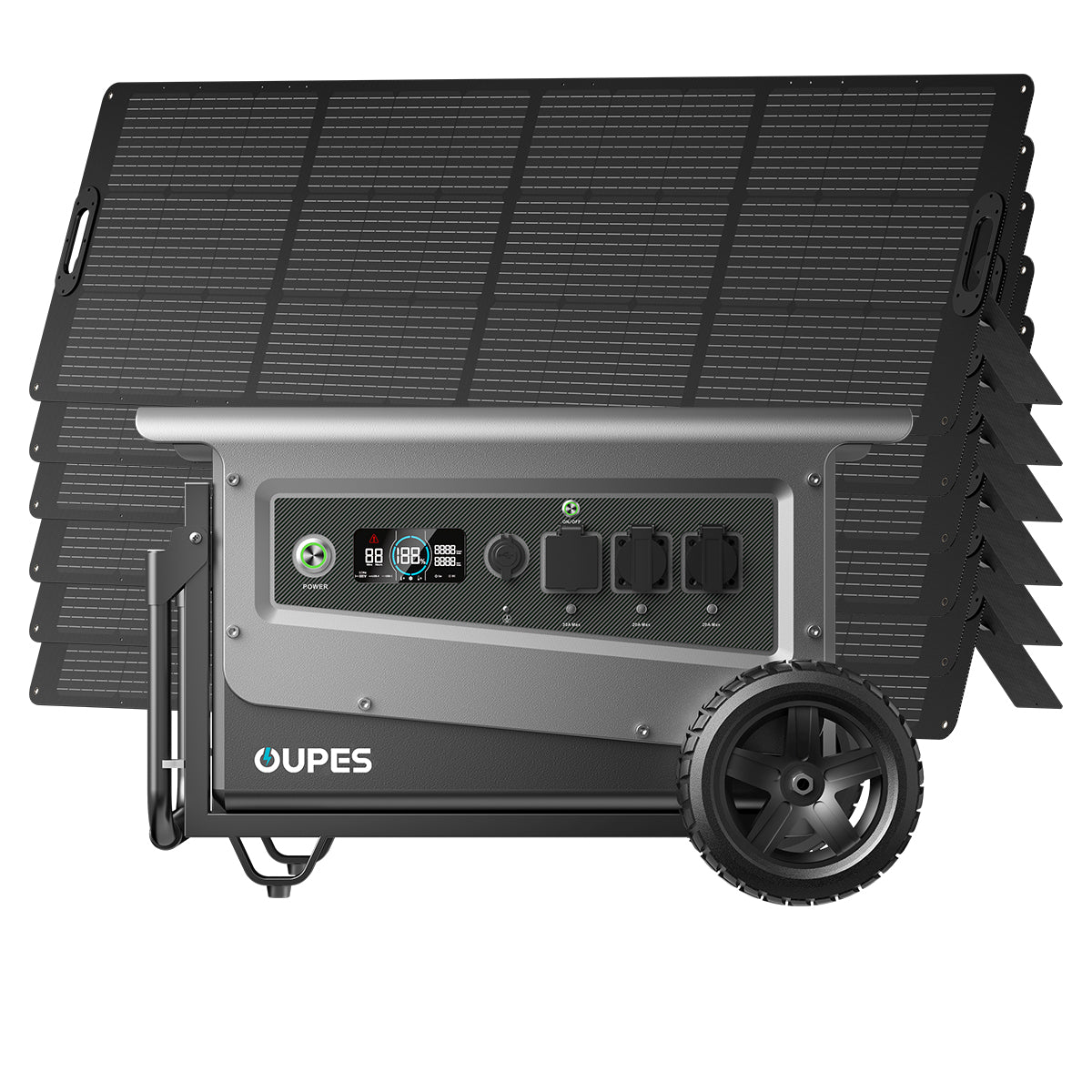
The world is increasingly turning to renewable energy sources, and solar power stands at the forefront of this movement. However, solar energy is not always available when we need it the most, especially during cloudy days or at night. This is where solar energy storage inverters with batteries come into play. They allow you to capture and store solar energy during the day, ensuring you have power whenever you need it. These systems are a key part of transitioning to a cleaner, more sustainable energy future. In this article, we’ll explore how solar energy storage inverters with batteries work, their benefits, and why investing in one could be a smart move for both your home and the environment.
Solar power continues to gain traction as an environmentally friendly and cost-effective energy source. As more homeowners and businesses adopt solar panels, the demand for efficient energy storage solutions is also rising. Solar energy storage inverters with batteries offer a reliable way to store energy for later use, reducing dependence on the grid and increasing energy independence. Let’s dive into the mechanics, applications, and benefits of these systems, and discover how brands like OUPES are leading the way in energy innovation.
Understanding Solar Energy Storage Inverters with Batteries
Solar energy storage inverters with batteries are systems designed to convert, store, and manage solar power efficiently. At the core of these systems is the combination of an inverter, which converts direct current (DC) electricity generated by solar panels into alternating current (AC) electricity used by most appliances, and a battery storage system, which stores excess energy for later use. These inverters also come with advanced features to regulate energy flow, manage battery charge, and ensure energy efficiency.
The inverter is responsible for ensuring that the electricity produced by solar panels can be used in your home or business. Without it, the DC power generated by solar panels would be useless for most household devices. Solar energy storage inverters with batteries offer the added advantage of allowing excess energy produced during the day to be stored in batteries. This stored energy can then be used when the sun is not shining, providing continuous power and reducing reliance on the grid.
For example, OUPES products like the OUPES Mega 1 Home Backup & Portable Power Station (2000W, 1024Wh) and the OUPES Mega 2 Power Station (2500W, 2048Wh) integrate solar energy storage with high-quality inverters to allow users to harness, store, and utilize solar energy in a seamless manner. These systems help reduce electricity costs and minimize carbon footprints, making them a great solution for environmentally conscious consumers.
Key Benefits of Solar Energy Storage Systems
Solar energy storage systems with inverters and batteries provide a range of benefits for both homeowners and businesses. These benefits go beyond just saving money on electricity bills and include long-term environmental advantages. Here are some key benefits:
Energy Independence: One of the biggest advantages of solar energy storage is energy independence. By storing excess solar power in batteries, you can reduce or eliminate your reliance on the grid. This is especially useful during power outages or emergencies. In regions where electricity rates are high or unstable, having a solar energy storage system ensures that you have a reliable source of power at all times. With the OUPES Mega 3 Home Backup & Portable Power Station (3600W, 3072Wh), you can power critical devices and appliances during an outage, increasing your energy resilience.
Cost Savings: With a solar energy storage system, you can use stored energy during peak hours when electricity rates are higher. By reducing your dependence on the grid, you can lower your electricity bills significantly. Additionally, many utility companies offer incentives and rebates for installing solar power systems, further reducing upfront costs. Over time, the savings on energy bills can offset the initial investment in the system.
Environmental Impact: Solar energy is a renewable resource, and by investing in a solar energy storage system, you are helping to reduce your carbon footprint. Solar energy systems produce no greenhouse gases, making them a clean and sustainable energy solution. With more people turning to solar energy, the collective environmental impact can be transformative. By choosing systems like the OUPES Mega 1 or Mega 2, which are designed to optimize solar energy usage, you are actively contributing to a greener future.
How Solar Energy Storage Inverters Work
Understanding how solar energy storage inverters with batteries work can help you make an informed decision when considering installing one in your home or business. The process begins with solar panels, which capture sunlight and convert it into DC electricity. This DC electricity is sent to the inverter, where it is converted into AC electricity that can be used to power appliances and devices.
If the solar system produces more electricity than your home needs, the excess energy is stored in batteries for later use. This stored energy is then available when needed, such as at night or during cloudy days when the solar panels are not producing enough power. The inverter plays a crucial role in managing the flow of electricity, ensuring that the battery is charged correctly and that excess energy is fed back into the grid (if allowed by local regulations).
Many modern solar energy storage systems are equipped with smart inverters that can optimize energy use, monitor battery levels, and even provide remote monitoring and control through smartphone apps. This smart technology helps maximize the efficiency of your solar energy system and ensures that you are always using energy in the most cost-effective way.
OUPES Solar Energy Solutions: A Leading Brand in Power Stations and Solar Storage
When it comes to reliable and innovative solar energy storage systems, OUPES is a brand that stands out. Known for their range of portable power stations and solar storage solutions, OUPES offers products that allow users to harness and store solar power efficiently. The OUPES Mega series, including the OUPES Mega 3 Home Backup & Portable Power Station, provides a robust solution for both solar energy storage and backup power needs. These devices combine powerful inverters with high-capacity batteries, making them suitable for home use, RVs, and off-grid applications.
The OUPES Titan 5 Portable Power Station (4000W, 5040Wh) is another impressive offering, designed to handle larger energy loads. It is ideal for powering multiple devices and appliances, making it perfect for off-grid living, outdoor adventures, and emergency preparedness. With solar panel compatibility, these OUPES power stations can be recharged using solar energy, ensuring that you have a continuous power supply without relying on fossil fuels.
In addition to providing reliable power, OUPES products are known for their durability, user-friendly design, and eco-friendliness. OUPES aims to make solar power accessible to everyone, whether for emergency backup, outdoor activities, or sustainable living.
Conclusion
Solar energy storage inverters with batteries are revolutionizing the way we use energy. They offer a sustainable, cost-effective, and reliable solution for harnessing solar power and ensuring that it is available when needed. These systems not only help reduce electricity costs but also promote environmental sustainability by decreasing reliance on fossil fuels and reducing carbon emissions.
Investing in a solar energy storage system, such as those offered by OUPES, provides energy independence, cost savings, and a greener future. Whether you are looking to power your home during an outage, reduce your electricity bill, or make a positive impact on the environment, solar energy storage inverters with batteries are an excellent choice. With products like the OUPES Mega 1, Mega 2, and Titan 5, OUPES continues to lead the way in providing high-quality, eco-friendly energy solutions for the modern world.


